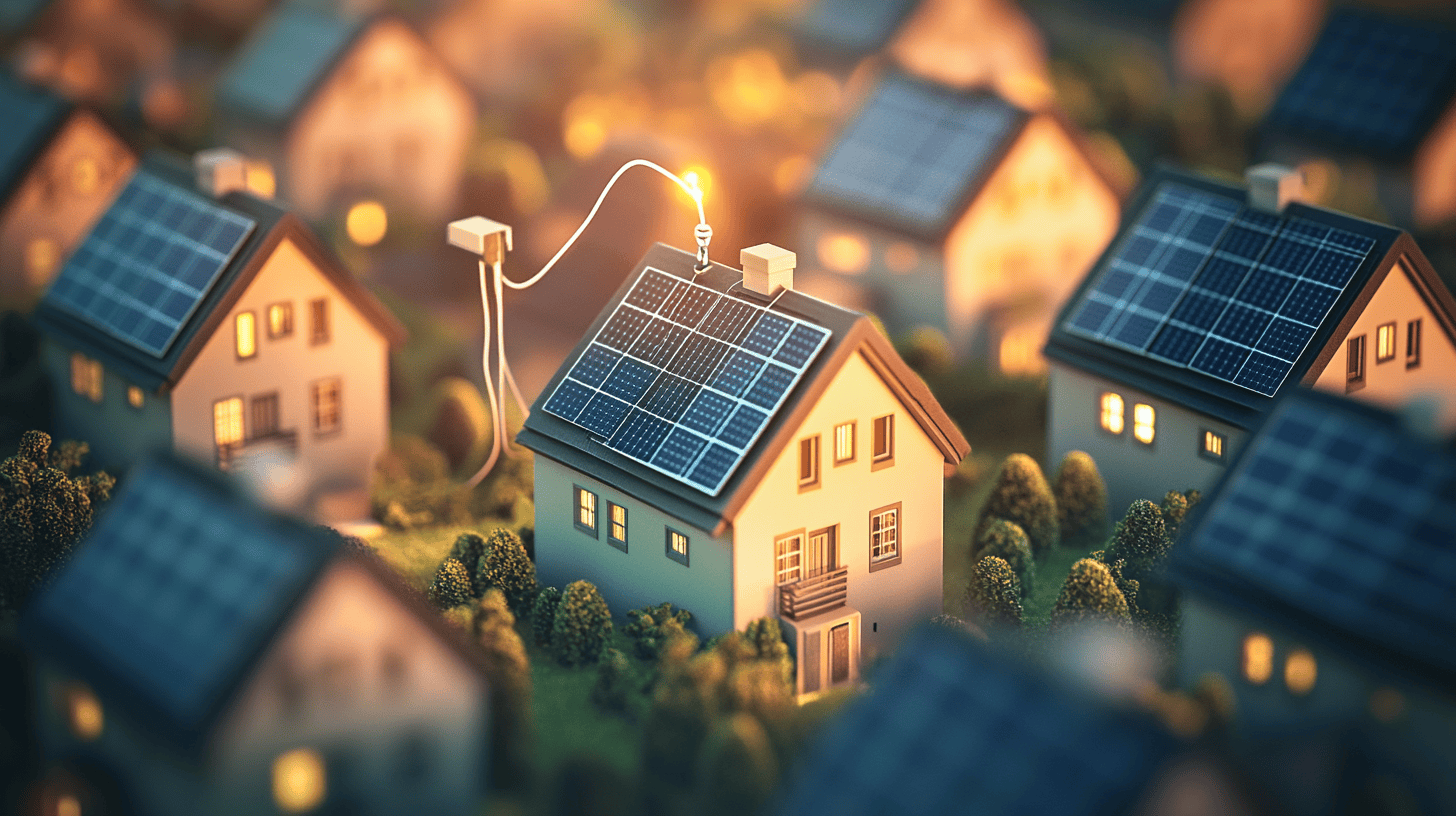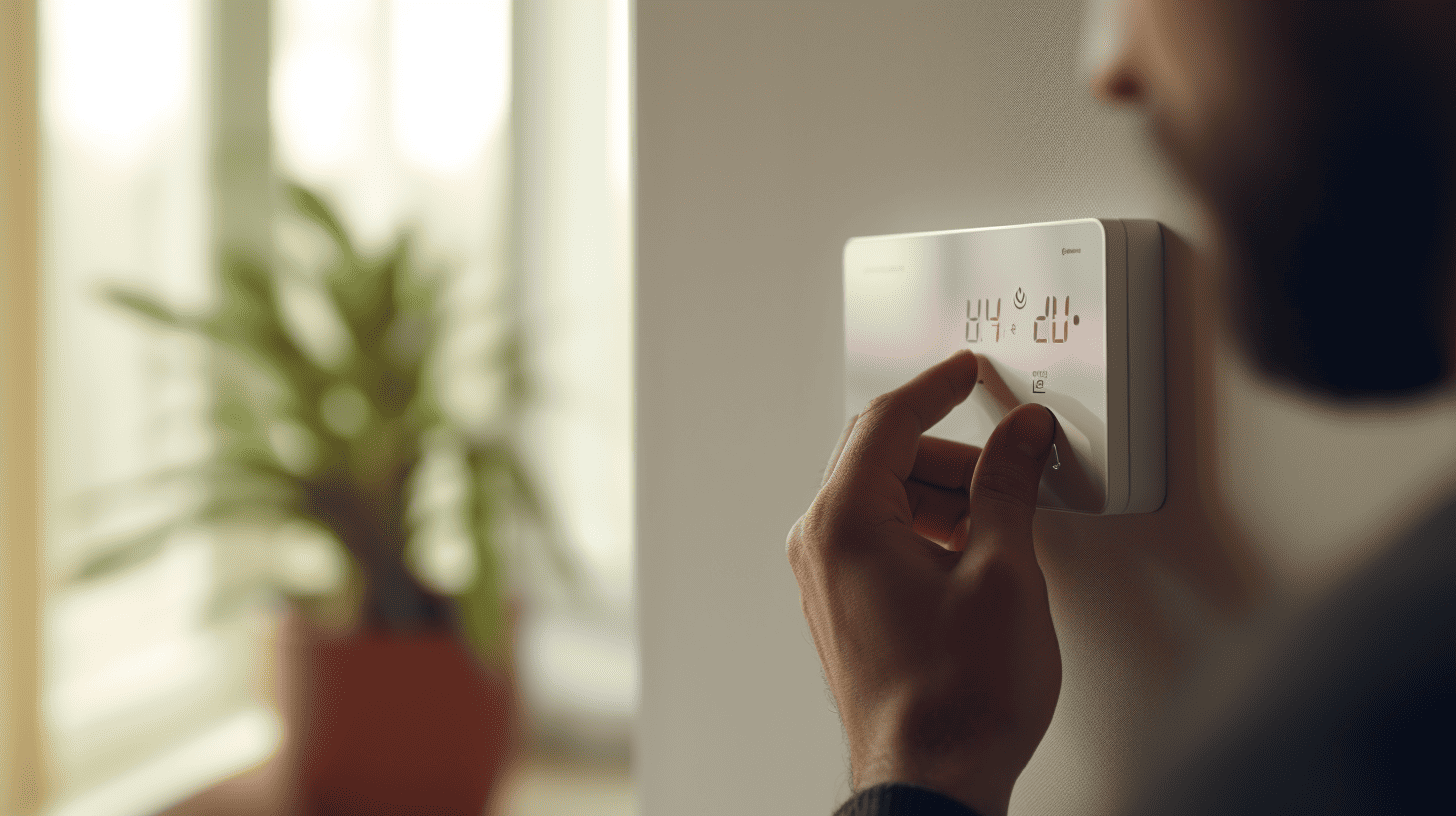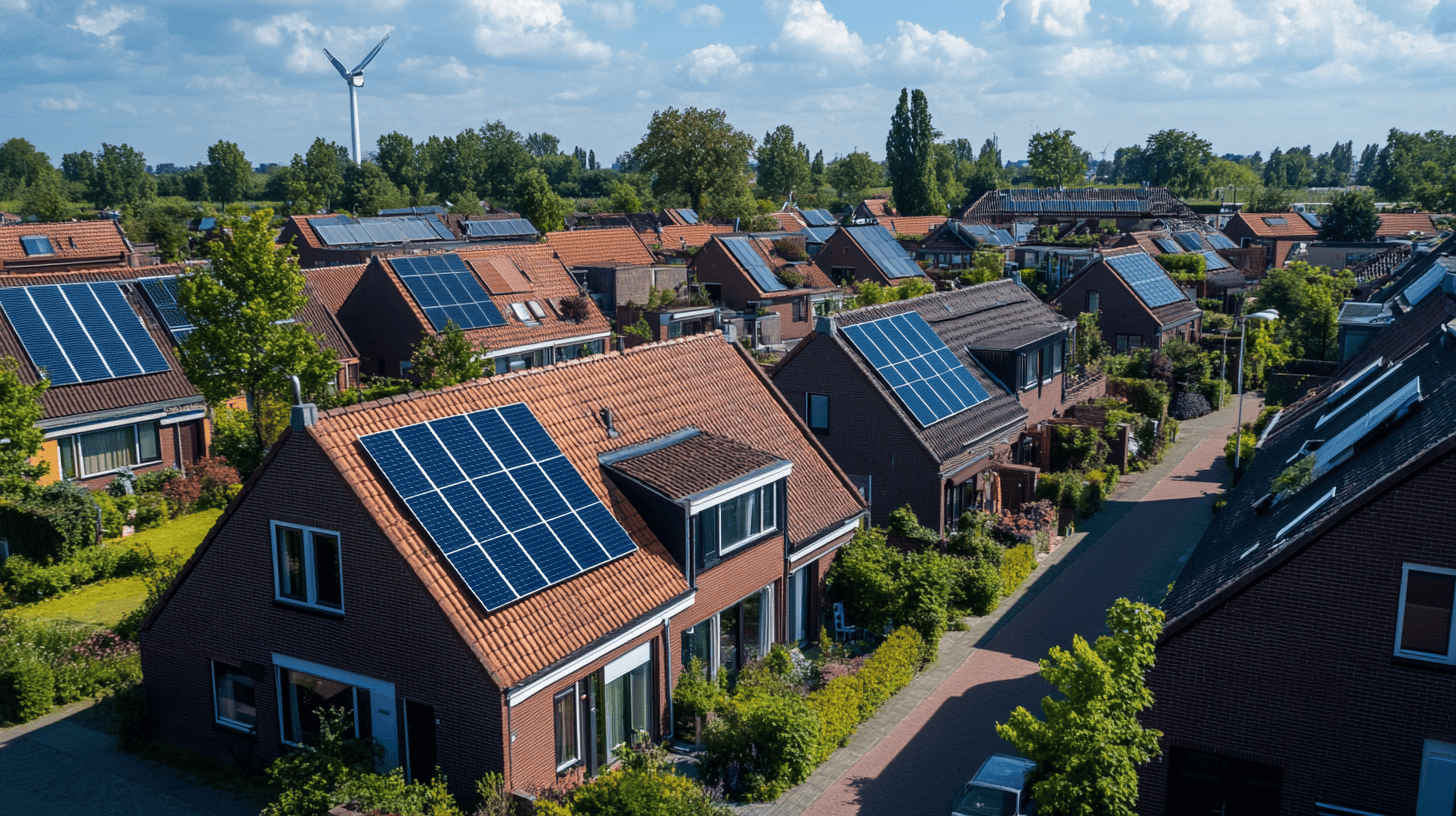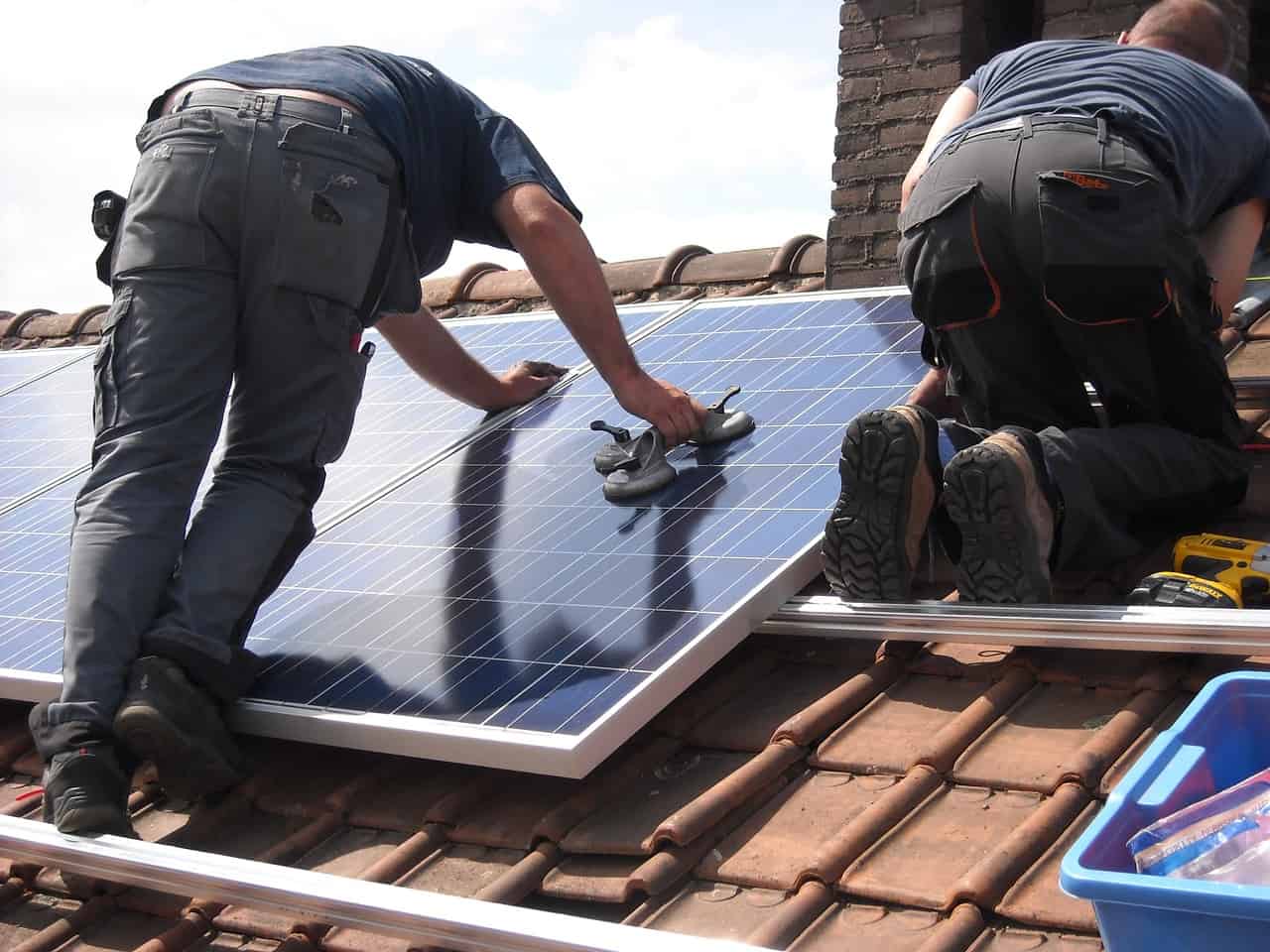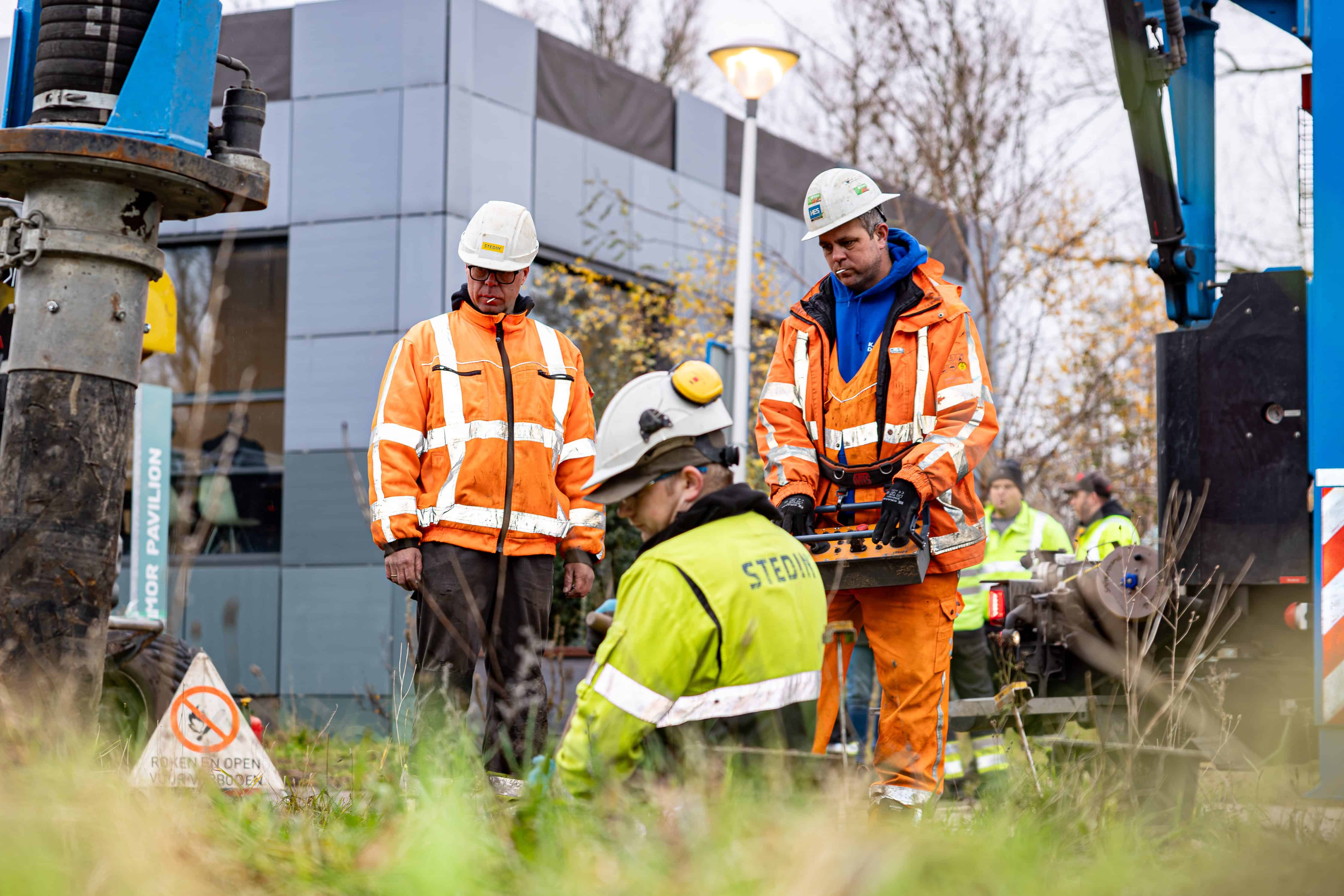
The Supersola plug-in solar panel may be a nightmare for the installation industry. But this new gadget on the market is not that at all for the consumer who prefers to do as many chores around the home as possible by themselves. It will be up for sale next year. “Then anyone who can connect a plug to a wall socket can install a solar panel on their own,” says Julius Smith, founder of Supersola in Delft.
What was it that motivated you to set up Supersola and what problem did it resolve?
“About 10 years ago I first started working and began in the renewable energy sector. In other words, sustainable energy. Then I found out that the sales of solar panels were slower than we had expected at the company which I was working for back then. The question was why. That’s what I then looked into. It turned out that the majority of the Dutch population really wanted to generate their own solar energy. However, lots of people decided against buying panels in the end. It was often the case that when people did buy solar panels, they only did so a year after having decided that they wanted them.
The reason for this long period of reflection turned out to be that consumers aren’t able to easily find all the information they need in order to find a suitable installer. They also often don’t know which solar panels to buy, and what other products they need to connect them to. Not all components of all brands are compatible, and not all systems are the same. That makes the choice difficult. I then realized that I wanted to design a ready-made panel that consumers could buy with all the necessary parts already on it. So that you get a panel where you only have to plug the attached cord into a socket.”
What has been the biggest obstacle you have had to overcome?
“When I told the suppliers of all those various parts that I wanted to make and sell a plug-in solar panel with everything on it, they would always say: ‘it can’t be done’. The entire solar panel supply chain is geared towards the installation sector. Whereas I want to bring this product to the consumer electronics market ready-to-use. That sometimes made it difficult when it came to getting cooperation.”
What has been the biggest breakthrough so far?
“That was at the beginning of 2018 when we sold a hundred ready-to-use plug-in solar panels as part of a pilot project. They cost €700 each. Some of them were sold via our own website following a campaign on Facebook. While others were sold via Sungevity, a supplier of solar panels. Only one of those hundred had problems. The power cord was damaged when a windstorm blew through the village of that particular customer. We then sent them a new cable. That fixed the problem.”
What can we expect from Supersola in the coming year?
“That’s when we start selling the first commercial version of the plug-in solar panel. Initially through our own web shop. And we are also working on contracting other parties who are willing to sell our product. That’s not quite finalized as yet. Next year we want to focus on the Dutch market. After that, we plan to go abroad.”
Where do you want Supersola to be in the next five years? What is your ultimate goal?
“We want to be available in Europe and the United States by then.”
What does Supersola’s innovation do better when compared to other products on this segment of the market?
“If all consumers could buy our product, then there’s no longer a hitch when it comes to buying solar panels. You can start with one panel. You don’t have to spend more than €600 or €700. At the moment, installing solar panels costs so much more because you have to bring in an installer. Plus, you have to have more than one panel installed in order to recoup those costs. You’ll end up paying €5000. This would not be the case with our system. You can do it all yourself.”




